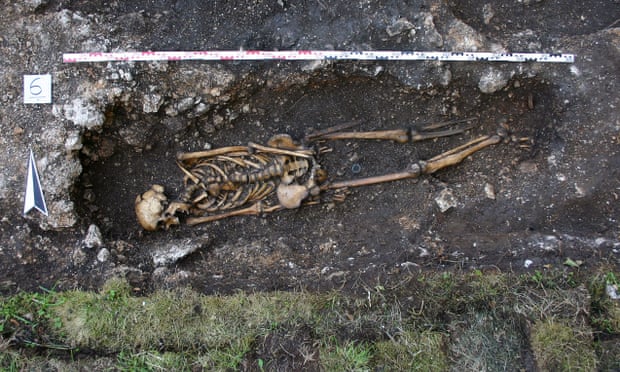Archaeologists have discovered a mass grave containing more than 300 skeletons - under a car park. The first discoveries were made two years ago during routine archaeological surveys as the ground was assessed for development into affordable homes - but it was initially thought there were only 20 bodies buried.
Human skull discovered during Godalming drainage hole work [Credit: Surrey History Centre] Work to transform the car park, in Godalming, Surrey, into 14 new-builds was put on hold and the findings were carefully excavated in June 2014.
They were taken to Surrey History Centre to be examined - where experts discovered the remains of more than 300 individuals.
Read the rest of this article...





